Gnovis Team Q&A
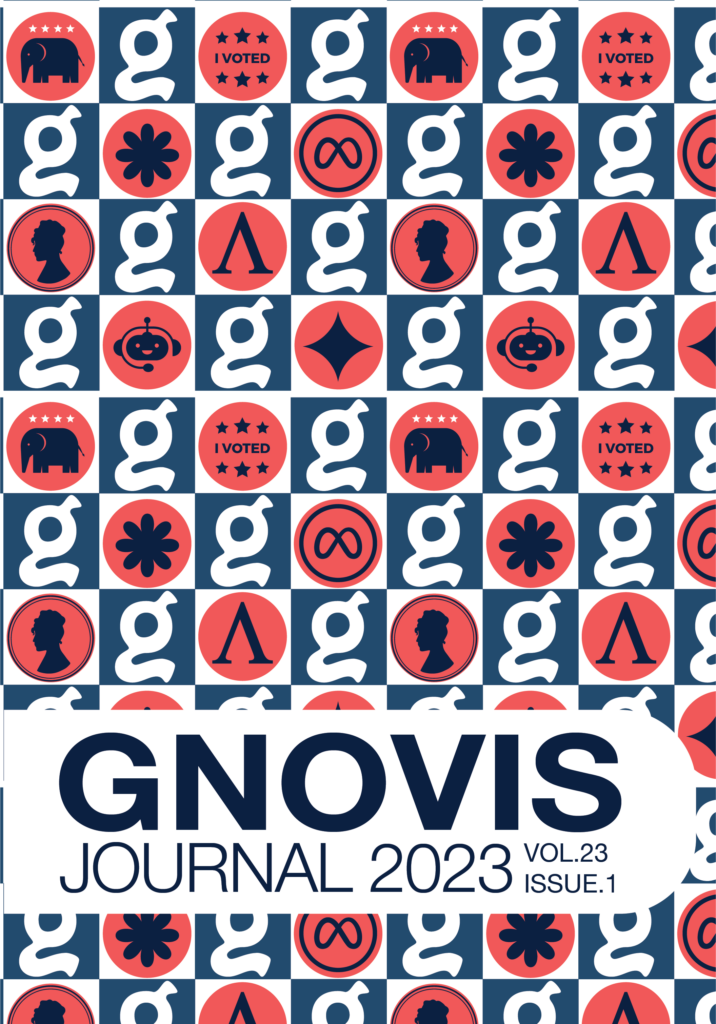
In honor of the GNOVIS Journal Vol. 23 being released today, we wanted to highlight the Gnovis Team and get more insight into the process of creating a peer reviewed journal. Here they share their insights into the article selection process, what inspired them to join the team, unexpected challenges or surprises they encountered, and what it’s like to work on a peer-reviewed academic journal. After you’ve finished their Q&A, be sure to read the latest edition of Gnovis!
What inspired you to join Gnovis?
Erika Heeren-Moon: I wanted to join an organization within CCT that would help build connections as I transitioned into a career in academia. GNOVIS provided a community from the beginning of my time at CCT, and I’m grateful for the experience.
Andrew Peacock: I was initially inspired by the versatility of the platform, that Gnovis serves not simply as a blog, but also a scholarly journal and a podcast. It is an avenue for scholars to spread the interdisciplinary insights they garnered in class with the greater CCT and Georgetown communities.
Ramat Jose: I was very interested in furthering my writing skills, and entering academia. Gnovis seemed like a perfect fit for me with the small team, and the fact that I could use it to learn more from people in CCT.
Jahnavi Mukul: Throughout my time in school and undergrad, my favorite pastime was to read. I think if you read as much as I did, it makes you believe you can be a writer. However, I wasn’t all that great with words, but my reading made me a better editor. I was also a part of the editorial team of the international relations journal. This made me sure that I wanted to be in the Gnovis editorial team.
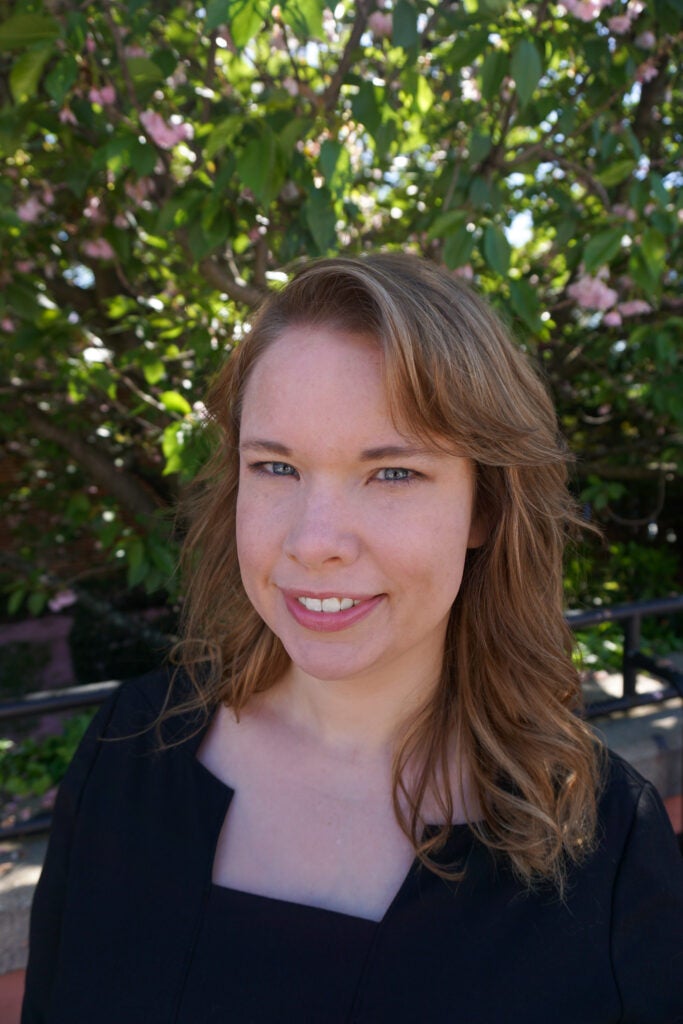
Erika Heeren-Moon
What do you enjoy most about working with the Gnovis team?
Erika: It’s a very supportive group of people. In my first year at CCT, it was myself, Andrew Peacock, Huseyn Panahov, and second year CCTer Rohan Somji. This year, it was Andrew and I, and two first years – Jahnavi Mukul and Ramat Jose. Both teams come from diverse backgrounds and research interests. However, we all cheer each other on as we pursue our team goals and our personal goals. It’s been a great “no ego” environment, and a core part of my CCT experience.
Andrew: It’s been inspiring to work with the Gnovis team throughout the years, because everyone has had their own unique perspectives and critiques to bring to the table. My favorite moment is after winter break, when we are sifting through student submissions to the next Gnovis Journal edition. After months of publicity campaigns and visiting classes, we can finally discuss the rich variety of student work that funnels through CCT. It is illuminating, and it spurs my imagination in ways that make me proud to be in the program.
Ramat: The team is great! I joined in February this year and they were very warm and welcoming to me. They are very supportive, happy to answer questions, and help one another do their best work.
Jahnavi: The best part of working with the Gnovis team is definitely the people. I have learned innumerable things from Andrew, Erika and Ramat. I think they had a huge impact on the way I look at projects and team efforts and I definitely will carry them with me forever.
What’s an unexpected challenge about working on the journal?
Andrew: For me, it’s design skills. Everyone comes into Gnovis with their preliminary knowledge and insights. I came into the fellowship with little background or know-how in what it takes to craft the design & layout of a professional academic journal. However, since this was a weakness, and I was to be Editor-in-Chief this past year, I felt obliged to teach myself. And so, many LinkedIn courses later, the challenge was overcome!
Erika: Timing was a big struggle for us. We had a small team both years I was on the journal. Between author academic schedules and our editorial schedules – it was challenging to keep progressing toward our goal of producing a quality journal. Again, we had a great team and great authors – so we were able to make it across the finish line!
Ramat: It was difficult for me at first as I joined in February whilst the team had been working together since August of last year. I initially thought it would be challenging entering into the team almost around the midpoint. I had to give myself time to be adjusted to the team, and the pace of the journal whilst contributing to the creation of the 2022 Journal. Nonetheless, I joined a remarkable team and we were able to put together the journal.
Jahnavi: I think most difficult part is when you believe in a piece a lot and due to some issue logistical or time-based issue prevents the piece from getting published. Also, using InDesign haha.
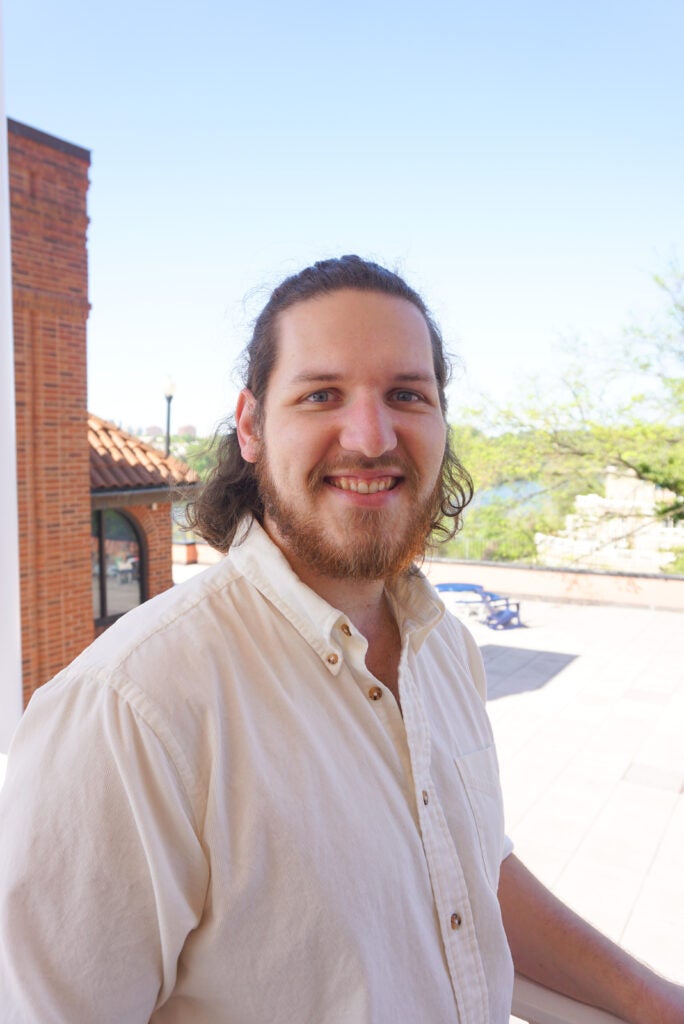
Andrew Peacock
Can you talk us through the selection process for research articles?
Andrew: The Gnovis selection process begins with a simple read-through of the accumulated submissions. Our first question is whether this research and its findings should be amplified via publication. Does the research present findings that should be made available? We then look for the basic structure of a research article: intro, literature review, methods, analysis, discussion, and conclusion. Every article generally contains these criteria, but ultimately it will depend on the project. At this point, it is a balance between whether the article carries enough relevance and should be made available, and whether the article achieves the framework it needs. If not, we ask whether the author can fix the errors by publication via editorial and peer reviews.
Once an article is chosen to move forward, then the rest of the selection process is grounded in these questions:
1) Does the author achieve the Gnovis standard (outlined above)?
2) Does the author address editorial and peer-reviewer critiques sincerely and substantially?
In an ideal world, all of these questions are answered affirmatively and are carried forward to publication!
Erika: Both years I served on the GNOVIS team, I looked forward to reviewing the article submissions. It’s like a birds-eye view of the CCT student research interests. As editors, we look for a clear research question, and established methodology, and a cohesive analysis. Not every project is going to follow a PQMA paper format, so there is some “wiggle room” in that context. Ultimately, we want to know: does the article contribute something new and relevant to the field?
Jahnavi: We solicit journal articles towards the end of the fall semester. The editorial team goes over each of the articles and decides which one seem like a good fit for the journal. After the initial pieces are selected, they go through a first round of edits. Subsequently, after the author makes those edits, we then go through the articles once more before we send them across to peer reviewers. Once the peer reviewers get through the articles and provide feedback, we pass it along to the authors for them to incorporate into their research. When authors submit the final peer-review edited version, we take a decision on the final list of pieces that will be published in the journal.
What surprised you most about the process of creating a peer-reviewed journal?
Erika: Going through the publication process as an author and an editor are two very different things. There are a lot of administrative parameters that go into the peer review process, author editing process, and final formatting. GNOVIS uses a double-blind peer review process where neither the author or the peer reviewer can identify each other in the process. There are so many elements that go into the process. However, it does help to produce honest feedback to improve the articles.
Jahnavi: I think the way you get attached to a specific piece throughout the editorial process is definitely something that I did not anticipate.
Andrew: What surprised me most in my first year was actually how conversational the process was. I was positively thrilled by how much we, as editors, were able to discuss the intimate aspects of the research that made it holistic, authentic, and relevant. The whole process was unexpectedly authentic. It was nice to know this side of publishing, and often felt like we were doing good work by amplifying necessary research. With that said, I did not really know what to expect way back when. All I know now is I knew very little in those times, and still do!

Jahnavi Mukul
Has working on Gnovis changed your approach to writing and editing?
Jahnavi: It definitely has. I think I have become more open to different perspectives and different styles of writing. This has also opened up my editing style and allowed me to be a lot more accommodative of the changes I eventually ask the authors to incorporate.
Andrew: I would say that Gnovis certainly illuminated academic writing more intimately for me. Writing and editorial critique were a fabric of my professional identity for years before joining Gnovis. However, being on the team has exposed me to the intricate process of selecting profound, relevant, and often complex research that I was never exposed to so deliberately before. This has profoundly accelerated my own academic writing and editing process, as I now know what publishers are looking for!
Erika: I would not say that it has changed my approach per se. In my second year at CCT, I published my first article in an academic publication. The experience at GNOVIS did help me to better understand the peer review process prior to embarking on that endeavor.
Ramat: Not necessarily. However, reading the journal articles and book reviews has introduced me to different styles of writing. I have definitely become a much more conscious editor especially after going through the copy-editing phase of the journals.
What advice do you have for the continuing and incoming Gnovis editors?
Ramat: Pitch your ideas to the team. Gnovis is always looking for great ideas, and we welcome anything that will be a great addition to the journal.
Erika: Pace yourself! The GNOVIS workload was heavy, and every team member was highly involved in their respective tasks. It’s easy to get burned out with the academic workload of pursuing your Master’s at CCT at the same time. However, if you can structure your time early in the semester and lean on your team – you’ll do just fine!
Jahnavi: I definitely think that working in Gnovis is going to be a unique experience. I think you should be open to trying out new things and not be scared to go out of your comfort zone as you take on different roles in the team.
Andrew: Do not be afraid to imagine what Gnovis can be during your time on the editorial team. Gnovis is a constant ebb and flow of editors, scholars, interests, and skillsets. Do you want to learn a new skill? You can use the Gnovis platform to do so. Your main goal is to craft a scholarly journal by the end of every year. All of the rest is space for you to play in, as long as it caters to the Gnovis vision: producing knowledge that shapes the future.
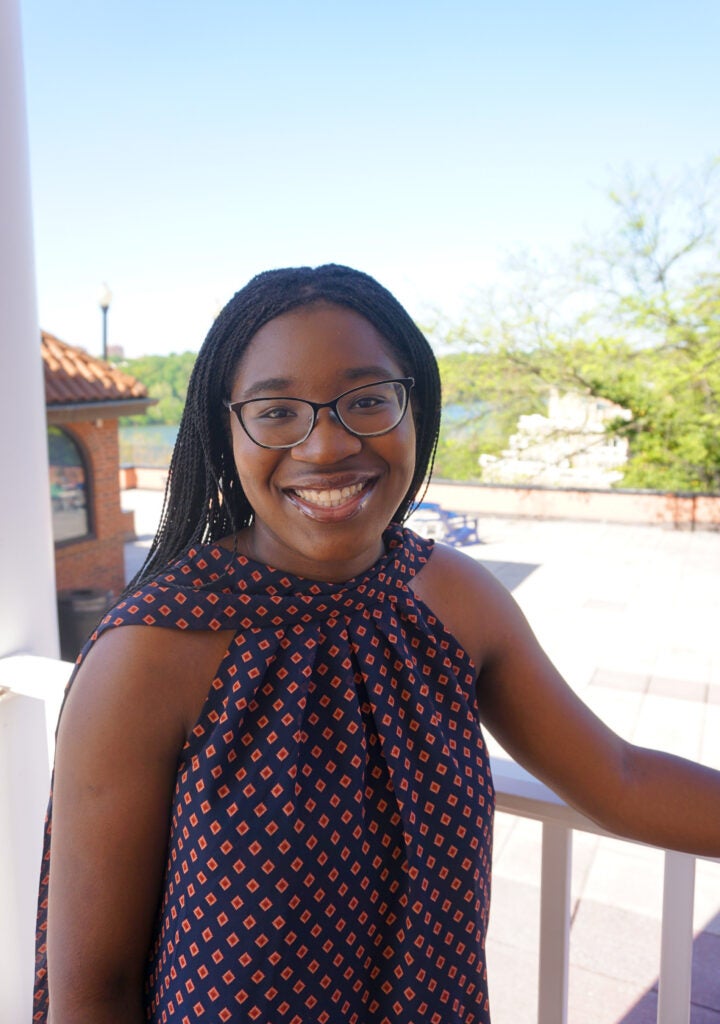
Ramat Jose
What is your greatest success/moment from your time as a Gnovis editor?
Andrew: My proudest moment as a Gnovis editor is most definitely Gnovis Journal Vol. 23, out today at this link ! This twenty-third edition of Gnovis amplifies CCT student voices as they contemplate issues from social media bots in Chile to the commercialization of gay aesthetics online. It is a wonderful summation of the ideas central to CCT, and while the process of compiling this volume was not easy, it was made better by having a superb editorial team every step of the way.
Erika: Personally, I was very proud of the 2022 colloquium. GNOVIS had not done a virtual conference before, and we weren’t sure if we would be able to pull it off as a team. The event was very successful and provided a wonderful outlet for our authors. We were able to take what we learned last year and host another successful event in 2023. I’m very excited to see what future GNOVIS team members will make of these new platforms we’ve created in the past two years!
Jahnavi: I think seeing the final product made me feel so ecstatic about how the work through the last year was completely worth it.
Ramat: As I said previously, I recently joined so my time frame has been shorter than my team members. However, I would say publishing a book review in the journal. I had never done a book review before, and I enjoyed gaining the experience to write one.
Is there something that you would do differently if you had the chance to do it all again?
Erika: We would have set a budget earlier in the year. GNOVIS was able to accomplish a lot in the past two years, building on the foundation of previous GNOVIS teams. I think we could have been even more effective if we had planned our events, journal launch, and administrative needs with an established budget at the beginning of the year. It’s like a running a business, and building an organizational budget is a useful skill to have leaving CCT.
Andrew: If I were to do anything differently, I would have implemented more student-centered events throughout the year. With that said, having only four team members makes goals such as this difficult. I would love for Gnovis to step further into the role as a confluence for student ideas, bridging research interests together into collaborative spaces. To make this happen, however, we will need more hands-on deck, a strong budget plan, and designated event planners.
Are there any skills/qualities that you will take from your time as a Gnovis editor into your future work?
Erika: I spent a great deal of time in leadership roles in the marketing industry prior to switching careers and coming to CCT. GNOVIS was a different environment for me. While we had an editor-in-chief, we really operated as an equal team – and that means differences of opinion were common. Fortunately, we were a team of highly capable, leader type individuals and passionate about our respective projects. I had to exercise compromise, team building, and emotional intelligence to work cohesively with the team. I’m really proud of the outcome of the team and our support of each other.
Andrew: Absolutely. I can tear through research articles, coalesce my critiques, and provide constructive feedback quicker than before. This was partly on the graduate program itself, but Gnovis devoted a little bit extra as it compelled me to think of the greater picture of interdisciplinary thought. I am now set up to coherently contemplate various way that seemingly disparate studies may be paired together, and inform each other. This will be a superb assist as I attempt to bridge complex forms of knowledge with the greater public in journalistic media outlets for a career.
Jahnavi: There are a lot of things, but I will definitely take time management as the foremost skill. Also, working in a diverse team and engaging with people who are so different from who you are.
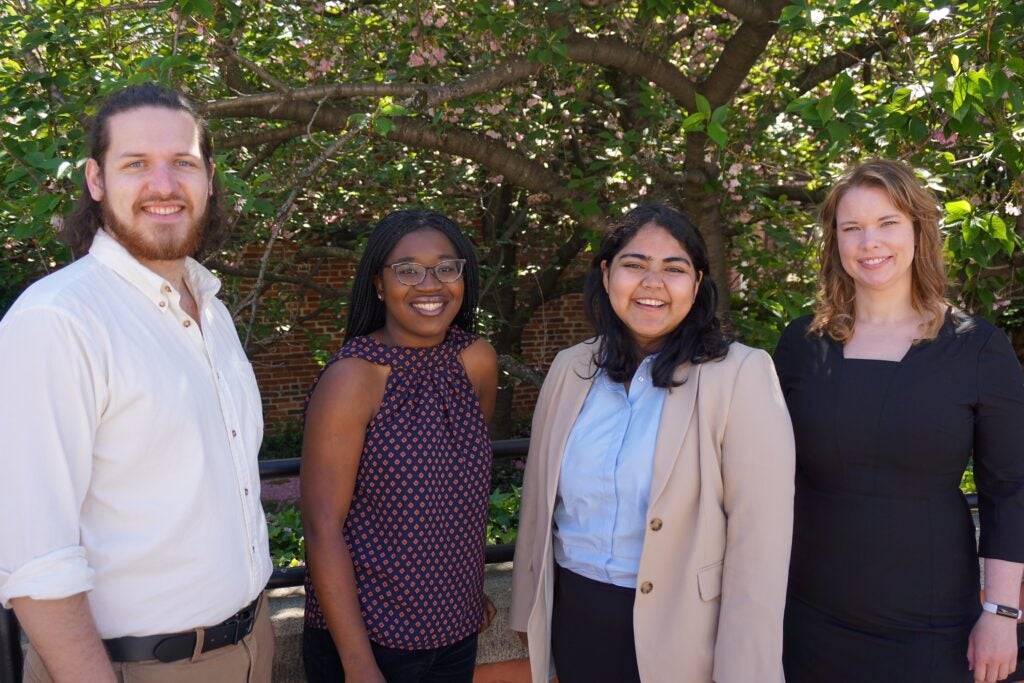
The Gnovis Team